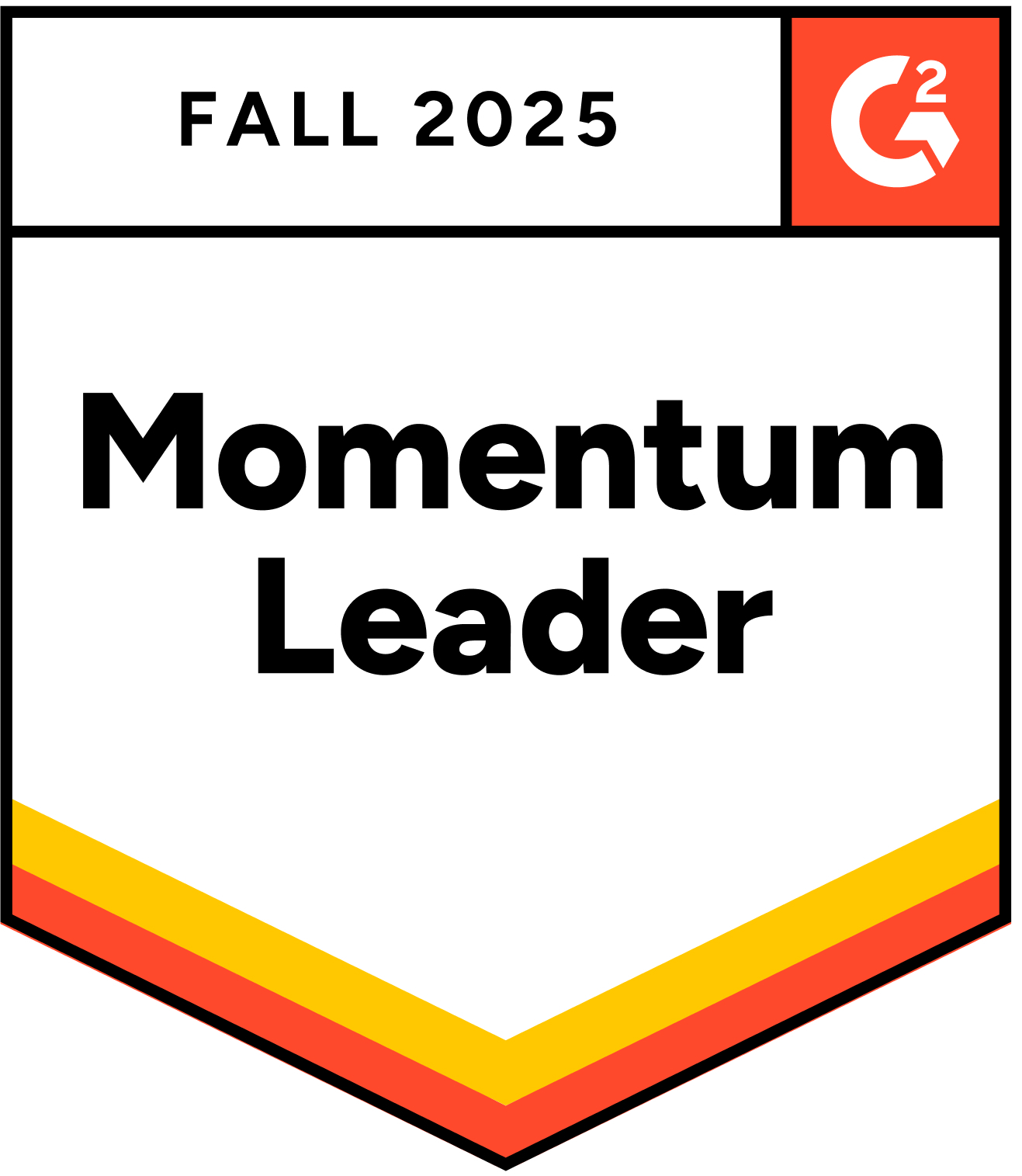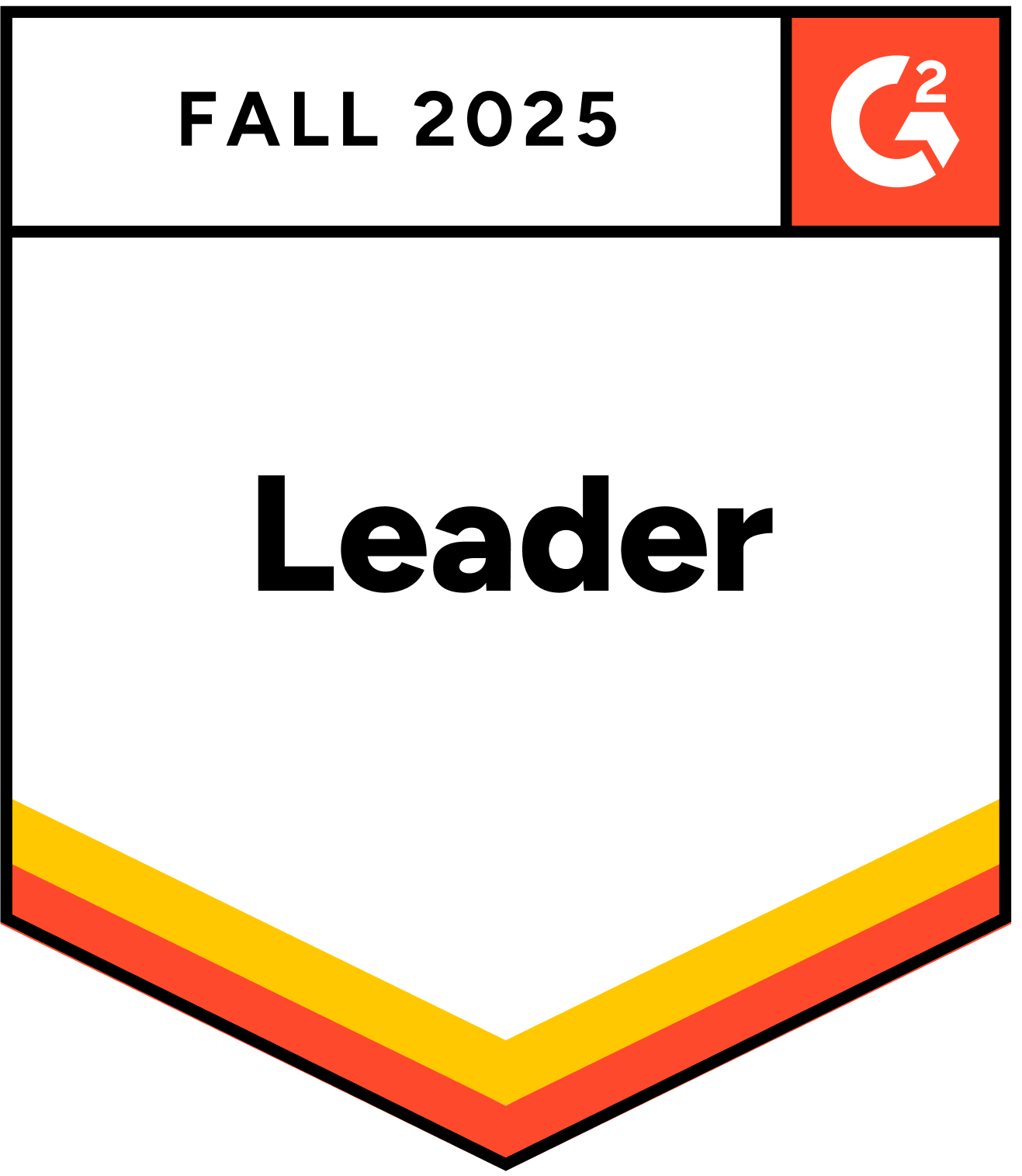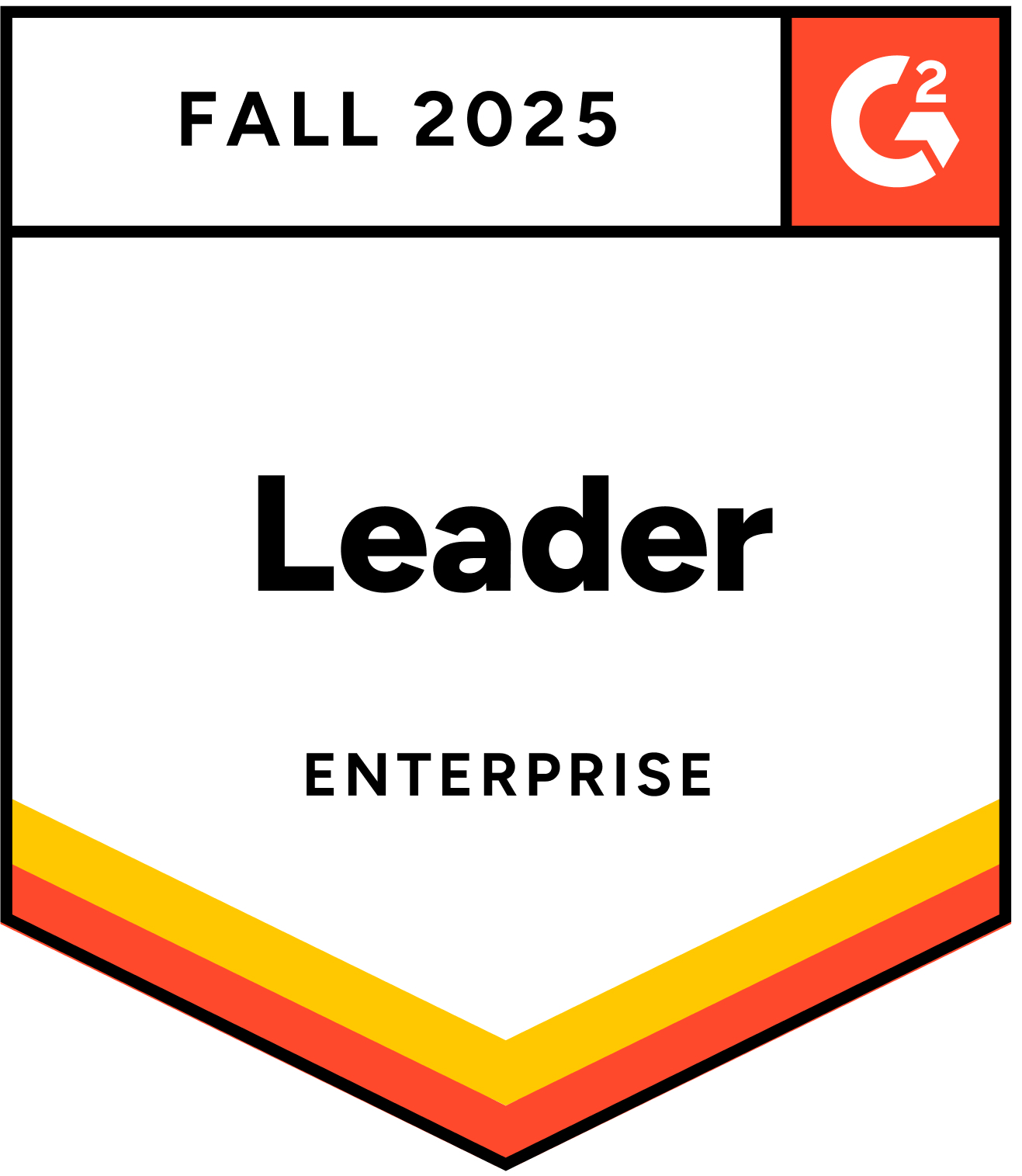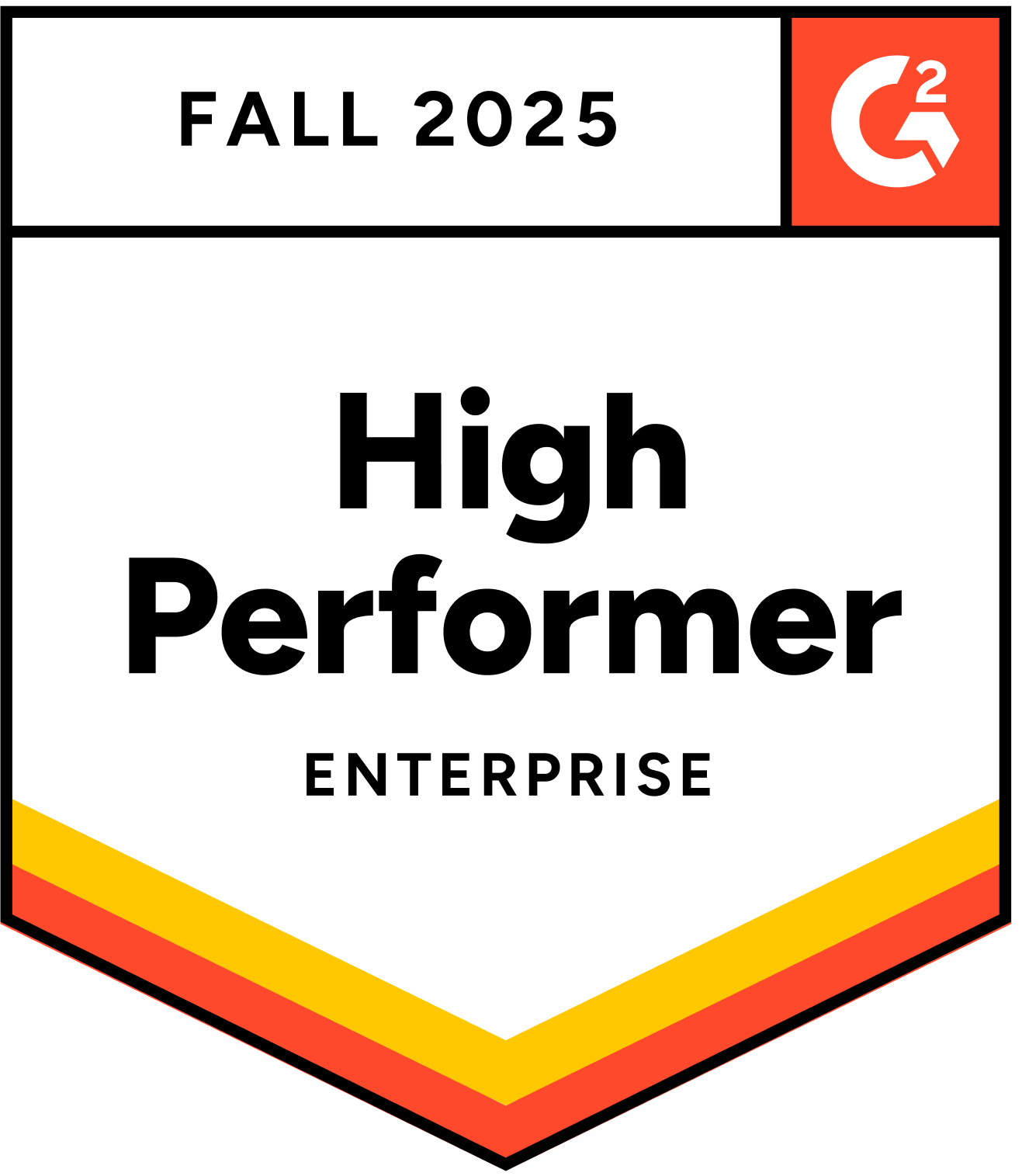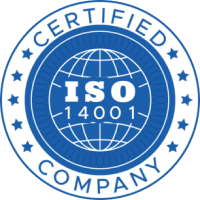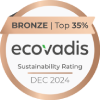The Day I Stopped Trying to Impress Customers
I’m Vinod, head of customer success at Joveo. After 25 years of transforming high-risk accounts across industries and continents, I’ve learned that saving failing relationships comes down to one thing: knowing when to stop talking and start listening.
I used to think my job was simply to turn frowns upside down. Fix the problem, deliver the solution, move on to the next fire. Then I walked into a situation that taught me everything I thought I knew about customer success was wrong.
When Everything I Knew Stopped Working
This industry was new to me when I joined Joveo. I did what any logical person would do. I focused intensely on learning the industry first, then jumped into customer success. I had frameworks, best practices, all the right answers.
Then we landed a problem with a really large customer who was deeply unhappy with how things were going. Everything I’d learned about the industry suddenly felt irrelevant when faced with a relationship that was falling apart.
I switched gears again. Industry knowledge could be learned later, I realized. But first, I needed to go back to the fundamentals of what actually saves customer relationships.
That’s when I developed what became my core philosophy: listen, focus, simplify, execute. Nothing miraculous, but it worked. More importantly, it worked because it forced me to stop trying to impress customers with what I knew and start understanding what they actually needed.
The 60% Rule
What I learned from that experience is, if at least 60% of my conversation with a customer isn’t about listening, I’ve already lost. When you’re trying to impress customers, when you’re saying things they probably don’t want to hear, you’re solving the wrong problems.
But when you get to the core of how they’re articulating an issue – when you understand not just their problem but everything they’ve already tried to fix it – that’s when real solutions become possible.
It’s like asking “how are you?” the second time. The first one will always get you “I’m good.” But ask again – “how are you really?” – and that’s where the actual conversation begins.
Becoming Part of Their Team
I learned that when customers see the relationship as purely transactional, you become replaceable. They start comparing options, looking for better deals.
The goal isn’t to service customers but to become part of their organization, their building, their team. Today, our customer success managers aren’t part of Joveo in the customer’s mind. They’re part of the customer’s team. When customers see us as being on their side of the house, growing alongside them becomes natural.
Problems bubble up more clearly when you’re inside their thinking. You see challenges from their standpoint. Collaboration stops feeling forced and starts feeling inevitable.
I encourage my team to remove anything and/or or stop doing everything that blocks us from solving for customer problems
Learning From Different Cultures
Working across continents showed me that customer success is about understanding human behavior in different contexts. The fundamentals stay consistent, but how you apply them changes dramatically.
Take Germany – clients there expect solutions delivered exactly as promised. Time commitments are sacred. There’s precision in how they operate, and once you understand that rhythm, you can work within it effectively.
America has taught me the most because of the sheer variety. A healthcare client thinks completely differently than a tech enterprise giant or gig economy company. You learn to read each environment and adjust accordingly.
Living in these different regions, not just visiting them, made the difference. When you build genuine friendships with locals, you naturally absorb how they approach business relationships. That understanding translates directly into stronger customer connections.
Teaching People to Fail Safely
Everyone who joins an organization wants to be successful. Nobody walks in planning to fail. The art is layering their natural intent with the skills they need to succeed in your specific environment.
We customize learning paths for each person – this is where you are, this is where we need you to be, this is the investment required to get there. But the most important learning happens through controlled failure.
I strongly believe in letting people fail in safe environments. Some of the most valuable lessons I carry today came from failures early in my career. You stand behind people, make sure they don’t impact customers negatively, but let them experience the full learning cycle.
It’s like sports. The best players spend far more time practicing than playing actual games. Most of my time goes into helping people practice their customer interactions before they’re in front of actual customers.
The Emotionally Digital Challenge
Here’s what keeps me up at night: Joveo is becoming AI-first in everything we do and everything we envision our product to be. The question that haunts me is how customer success fits into that evolution.
I want to find an equilibrium of being what I call “emotionally digital.” We’re in talent acquisition, which is fundamentally about people – candidates, recruiters, human connections at every level. The human element will never lose its importance in our space.
But customers are changing how they want to interact with us. Meetings are shorter, attention spans are divided, and digital channels are becoming the default. Our teams need to figure out how to create the same level of trust and partnership through a screen that we used to build over dinner conversations.
The challenge I’m bracing for is how we equip our team to maintain emotional connection through increasingly digital touchpoints. How do you create the same level of trust and partnership through a screen that you used to build by breaking bread together?
The Future of Human Connection
Customer success is evolving rapidly, but the core remains human. The companies that figure out how to blend genuine relationship-building with digital efficiency will dominate. Those that choose one or the other will struggle.
We’re not just competing with other customer success teams anymore. We’re competing with every other digital experience that customers have. If we can’t match the convenience of digital while exceeding the personal connection of traditional relationship-building, we’ll lose.
That’s the challenge that excites me most. Not just turning frowns upside down, but reimagining what customer relationships look like in a world where emotional connection has to happen through digital channels.
The fundamentals haven’t changed – listen, focus, simplify, execute. But the execution is becoming something entirely new.
—
Vinod leads customer success at Joveo, where he focuses on transforming high-risk accounts into growth partnerships. When he’s not practicing “emotionally digital” customer relationships, you can reach him the old-fashioned way – call or text.
Curious what the rest of our leaders have to say? Explore the full series on YouTube.
Video Transcript
Jennifer: Here with Vinod, Head of Customer Success. You have 25+ years experience across four continents. You have transformed high risk accounts into growth success stories. Previous, you’ve been at Talview and CEO of Innovatia. Passion for building strong relationships, which I’ve seen myself, in driving long-term value. And we’re gonna talk a little bit about customer-centric growth, execution, excellence and transformation.
Vinod: It’s quite the conversation.
Jennifer: It is, yeah. Quite the thing.
Vinod: All the while, I thought my job was to turn frowns upside down.
Jennifer: You do that, you do that. I’ve seen it, firsthand. You’ve worked with customers around the globe with some incredibly high risk situations. What’s your philosophy that guides your approach to customer strategy and long-term growth?
Vinod: Nothing miraculous, but I keep it simple. You know me, Jen. So I divide into four basically. Start with listening. I think that’s the crux of everything for customer success. If you listen, then you should have the ability to focus. So if I had to just rattle through that, listen, focus, simplify, execute. So that’s predominantly everything that the team revolves around. We do so effectively enough between us as well.
Jennifer: Yeah, I love that philosophy. Just four simple steps. And in the last year, Joveo has gotten more than in one, 80 G2 badges. Isn’t it amazing? So it just shows. Yeah, it just shows a bit of the customer success that you’ve been able to drive.
Vinod: Yeah, fortunate to have inherited such a bunch of talented individuals. I think the one thing that we differentiated coming out of the COVID period was to make the change of meeting customers, meeting every single customer. And when you’re in a room, you are so focused, your ability to have the conversation, double click, go further, and then that coffee later, or a dinner later, makes the entire difference. And isn’t it amazing when customers are able to stand publicly and talk about you? I hold that in a high pride.
Jennifer: Yeah, I think that’s great.
Vinod: And being in the room with someone, breaking bread, having the conversation, really investing time in people and understanding their business nuance and maybe challenges that they’re having to drive success is really important.
Jennifer: At Joveo, you focus on accelerating customer lifetime value. How do you go about designing and executing strategies that deliver real sustained impact for clients?
Vinod: I think it goes back to listening, again. As long as the relationship is transactional, that what they bought is what they get, then it becomes very difficult and easily replaceable. Difficult for you, to retain, and then when you window shop, you’ll find alternates as well. Ingrain oneself into that particular organization, building, team, became everything that we look to do. Look at our CSMs today. They’re part of the team in a customer space, not a part of Joveo. So when they start seeing that this customer success is on their side of the house, it becomes natural for us to kind of grow alongside them. The problems are more bubbled up. You see the problems much more clearly. You see it from the customer standpoint as well. And hence, then from there on, to collaborate with them, to make that happen for the customer becomes natural. So I always push the team to be part of the customer side of the house and be intolerant to anything that becomes a blocker to solve for a customer’s problem.
Jennifer: Yeah, that customer advocacy is so important in really understanding and driving that role. Yeah, yeah. Great. What is one experience, or what’s one experience that really shaped how you approach turning high-risk accounts into thriving partnerships?
Vinod: That’s a difficult question because I’ll probably zoom out a bit. This industry was new when I came in here. And for me to, I focused so much on learning the industry first, and then jump into customer success. And there landed a problem of a really large customer who was unhappy in the way things were happening for us. I switched gears backwards. I said, alright, industry can be learned, but I think the first and foremost was my four principles of driving customer success. So I think that change and then alongside learning for making, to be able to have intelligent conversations with the customer. Every time one found a nuance that one was not aware of, became important to double click, learn more, get deeper, and deeper meaning is just not about going deep enough to understand the problem. It was equally important to understand what the customer already did and you not repeating that mistake. A lot of times we, we listen at a surface level and go and execute thinking that, alright, not right, before let me just go do this. But if that one additional step is taken to understand what the customer’s already done, then you’re thinking beyond that. It’s like asking the question, how are you the second time? The first one will always get you, I’m good. I like that, the second one, how are you really? Well, there’s a lot more to that than I’m just a good, right?
Jennifer: Yeah. What do you think behind that? Given your global experience, what are some critical elements of delivering exceptional customer experiences, especially in fast moving, tech-forward Joveo?
Vinod: I think irrespective of the industry, it’s human at the end of the day. Aligning to the geo, aligning to the culture, aligning to the geo-centricity of how a customer behaves becomes very, very important. And you’ve seen this as well. When we structure our team, we look for somebody who is the best fit in that ecosystem or environment rather than one size fits all. So if you look at our customer success managers who service an EMEA today to an APAC, to United States or LATAM, they’re very different kind of people. And aligning to those cultural values and to be able to understand and become the way they think and a way a German would go about doing things versus a Japanese, to United States, to United Kingdom. If you are predictive of that particular behavior, aligning to that becomes easier and then execution becomes a norm. Or a, you know norm is probably the wrong choice of word, an ease.
Jennifer: So when you think about working across the different cultural norms, right? So you use the example, German, and being able to really understand that nuance, that culture. So when you’re spanning the globe and you are working – you’ve done , I mean, globally, right? And you’ve been able to have success as you look across the different geographies. What’s made you successful? Bring it right to you to say, how did you adapt to all those different cultural norms? What’s one word of advice that you would give someone working across to really become adaptive in different environments?
Vinod: I would say I was lucky. I was lucky because I was fortunate enough to live in those particular spaces and make friends with them. So when you get to know them personally, culturally you begin to get aligned in the way they think and the way they do stuff. I think the first most important part is how much part of your conversation with the customer is about listening, right? When we do not have at least 60% of a customer conversation be about listening, I always feel defeated, right? You’re trying to impress the customer, you’re trying to say things which probably the customer does not want. But if you get to the core of the way that they are articulating an issue, a situation, a problem, I think that’s the core of it. Then aligning to cultural nuances, right? Intolerance when it comes to the speed of solution, when it comes to Germany, where phases of execution when it comes to another region and so on and so forth. I use Germany very often because they need solutions at a particular time, at predictable, very, very strict about the way they go about things, but that’s not against what they do. I enjoy working in that space, but they’re very machine-like. So if you, sooner that you learn that you know you give promise, timelines to them, then that sacrosanct, that cannot change irrespective of what needs to be done. So I would say the core of this entire thing is a listening part. And if you’re listening enough, then to be able to chart that, make that into a plan, simplify that for yourself, execute, execute, execute through governance.
Jennifer: Great, thank you for that. It’s good insights. Looking ahead, what are your priorities in evolving Joveo’s customer success function? How do you see your role aligning with our broader mission and growth and innovation?
Vinod: That’s gonna be the toughest part, I would say, in our evolving landscape. Joveo internally is turning or already turned AI in the way we do things, and in everything that we do about, envision our product to be. Now how’s customer success going to bring in that? So I wanna find an equilibrium of being emotionally digital.
Jennifer: I like that.
Vinod: So if that can be accomplished and customizable, then that would be the space that I would want to be consistently focused upon. Peoples’ touch is not gonna lose its charm. We are in the talent acquisition space, which has a lot of people interactions, and we’re dealing with different sets of candidates, people who are dealing with wanting candidates into their house, recruiters dealing with candidates. So again, people, people, people. But both of us are aware, it’s turning increasingly digital, and where will you fit in the emotional part of it would be the challenge that I’m bracing up for.
Jennifer: Yeah, yeah, that makes complete sense, because I think that is the missing link, and when you think about AI, is how do you get that, I call it EQ, how to get the EQ up in that environment. How do you build a high performing customer facing teams? And what role does coaching play, if that helps you answer the question?
Vinod: Thank you, thank you, yes. And the two of us have spoken about this as well. Everybody, I believe this strongly that everybody who comes into an organization always has the intent. Intent to want to be successful, nobody comes into to say, I will do bad at what I do. So to layer that up and then build on that becomes everything about a great candidate who’s walked into and turned into an employee. This is one of the things that we did when you took over a strategy leader’s role as well. We looked at our people, we looked at as to where they stand and where we want them to be, and we customized plans for each of those individuals as to this is the learning path that we are going to go, what kind of investment is required to get them to be at that particular place. There’s a role that e-learning plays, there’s a role that instructor-led learning plays. I very strongly believe in the last space where – do it to learn. And some, not sometimes, I think I’ve learned my, a lot of things that become part of my behavior today by failures. Yeah, you stand behind them to let them, allow them to fail, not impact the customer, but allow failures to happen because you learn the most in that particular sense of things. So I think practice the play that you want to play. The best players in the world have probably, have one-tenth of the time that they have actually played a game than how much they’ve practiced at it. So I enjoy when people want to practice it. So a lot of my time goes into spending time with people in practicing that play before you land up in front of a customer.
Jennifer: I like that, I like the practice element and giving the room for failure, you know, in ways, right? That doesn’t impact the customer, but allows for growth for someone to say, “Ah, all right, I guess I won’t do it that way again.” So before we get into our rapid fire questions, how can people get in touch with you?
Vinod: I like the traditional method of call me. But internally within the organization, its, I’m a Slack away, that’s the way I call it. So call, text, Slack. I’m not on social media, unfortunately. So these are the mediums that are there.
Jennifer: All right, fine, you get a text. Got it. All right, rapid fire Q&A questions, you ready? All right, let’s dive into them. Turnaround strategy or growth plan, what gets you excited?
Vinod: Excited is always turnaround strategy. Yeah, excited is always turnaround strategy because it is turning, like I said, my role is turning the frown upside down. And, and to be able to, the joy that one gets after taking it home, I think that brings huge amount of adrenaline rush for me.
Jennifer: Yeah, I would agree. Like I, for thinking about the turnarounds or the recoveries, I call them, there is something special in your heart when someone retains and stays, right? It just makes you feel good that you were able to do that. Region or market that taught you the most about customer success?
Vinod: America. Wide variety. It’s intriguing how it changes by the industry type. You know, how differently people are in a hardcore tech space to a healthcare space to a gig space and so on and so forth. It’s very interesting how you cannot wear the same hat to each of those customer spaces. So this for me has been the most challenging. I’ve predominantly dealt with tech mostly in the Europe region, but America has taught me a lot.
Jennifer: Yeah, interesting. Client win you will never forget.
Vinod: Can I name customers or? I think Adecco, I think this is–while one part of the globe was using the platform and using all the bells and nuances that we brought in as a product portfolio, another part of the globe was using the most standard, simple, basic version of a product. To be able to turn that around and aptly enabled by our marketing strategies and delivery, of course. I think that turnaround that I’m observing right now gives me goosebumps.
Jennifer: And we’ve been together on that journey, and I’m excited to see what’s gonna come out in the next quarter. It’s exciting stuff. The world’s ready. The world is ready. One word to describe the future of CS, customer success.
Vinod: I think I’ll go back to what I said a few minutes back. I think digitally emotional. I think it’s becoming less and less of people wanting to meet in person. So I think the team members have to scale themselves upwards. How do you retain the attention span in the little time that you get? How can you get engaging in a conversation that you have very little time for? How do you keep them interested in the conversation that you have while there are so many other mediums which will distract you on a Zoom call or a Google Meet call. So I think emotionally digital and how are we going to and what worries me is how are we going to equip the team to get there.
Jennifer: That’s it. Those are all the questions. Thank you Vinod.
Vinod: Thank you very much.



